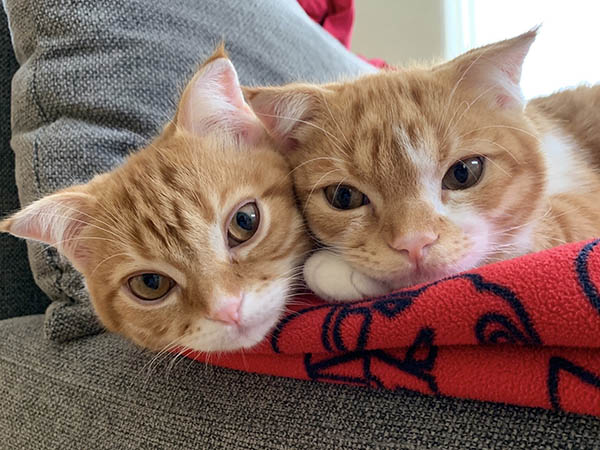Introduction: Meet Mugi and Haru, who became part of our family in 2022.
I grew up with a mixed-breed cat named Kiki, who was with me from childhood until I became an adult. I have very fond memories of Kiki, and I always hoped I could live with a cat again someday.
In 2022, when I bought my own house and moved out of a rental apartment, I finally decided to fulfill my long-held wish and adopt a cat. Many rental apartments in Japan don’t allow pets like cats or dogs.
After settling into our new home, I started browsing rescue cat websites. From the beginning, I had no intention of buying a cat from a pet shop.
There are many sites where rescue cats are listed for adoption, but I found Mugi and Haru relatively quickly after I started looking. The two sibling kittens posted on a rescue site immediately stole my heart.
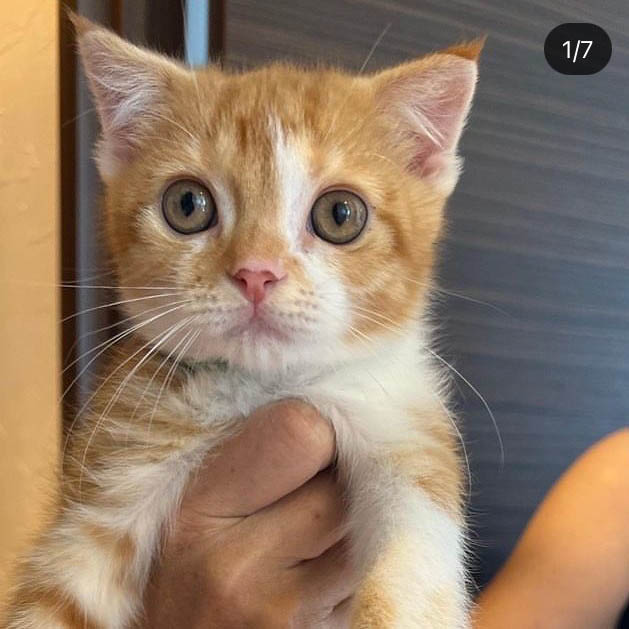
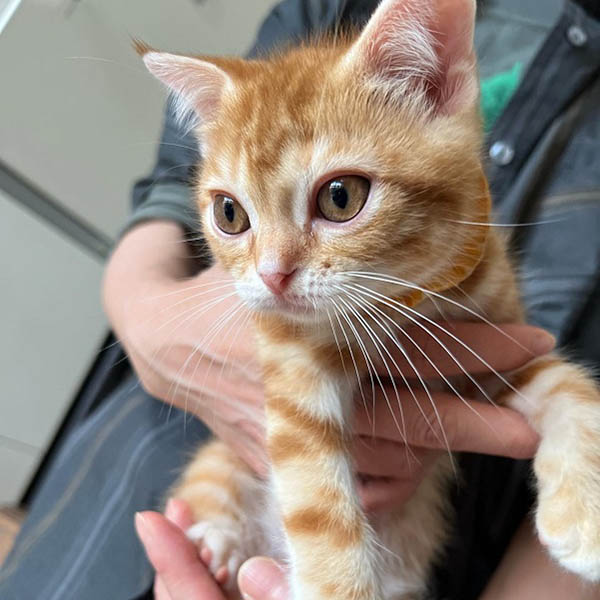
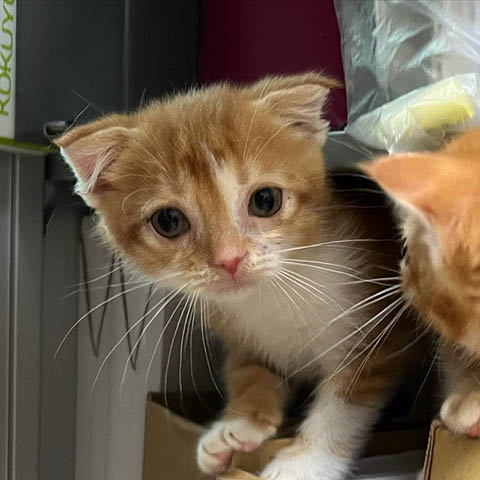
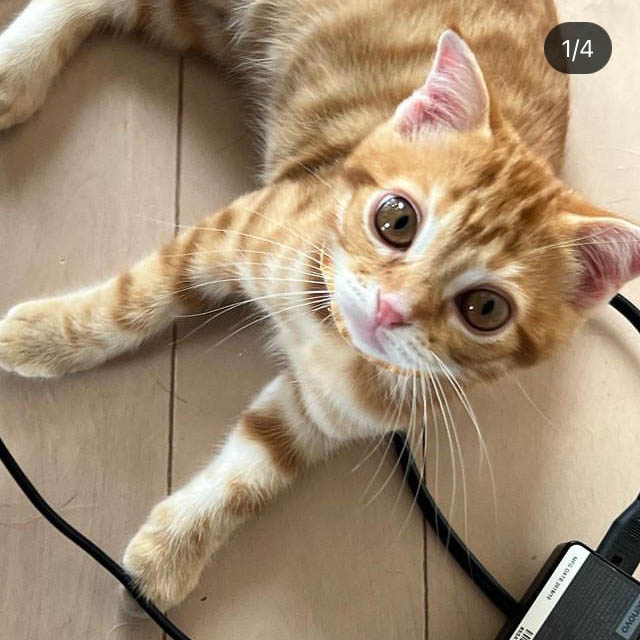
I couldn’t imagine any other cats!
I contacted their foster caregiver right away and arranged to visit a cat adoption event.
At the event, I learned that there were two other families interested in the kittens. The foster caregiver would decide who would adopt them based on how the meeting went—a kind of interview, really.
On the day of the adoption event, my wife and I went to meet Mugi and Haru. They were about two months old, tiny and incredibly cute. We greeted the foster caregiver and played with the kittens. They weren’t afraid of people at all and were very active. I did my best to show the foster caregiver how much we wanted them.
A few days later, we received the wonderful news that Mugi and Haru would be coming home with us! We couldn’t have been happier.
Mugi and Haru had actually been rescued by an animal welfare organization after being abandoned in a park, together with their siblings, shortly after birth. Thinking of how their lives began makes me all the more grateful that they are now part of our family.
Three years have passed since then, and now Mugi and Haru are three years old and living happily with us.
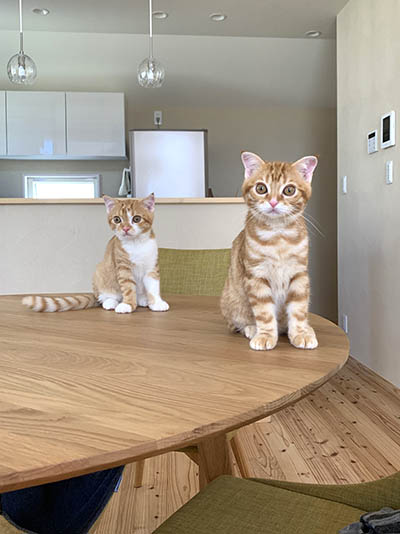
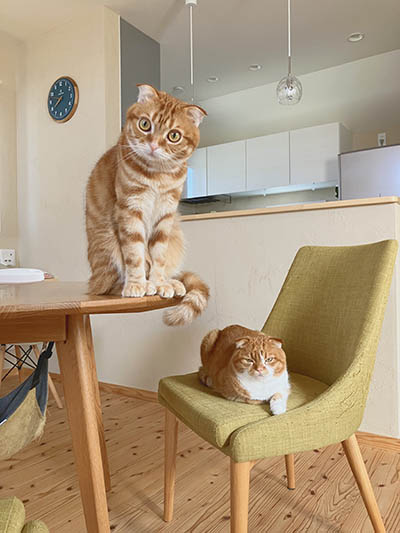

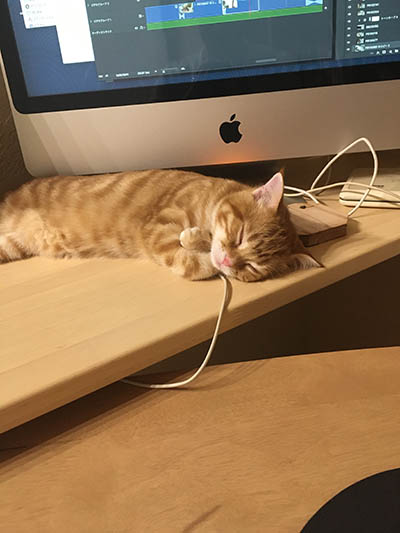
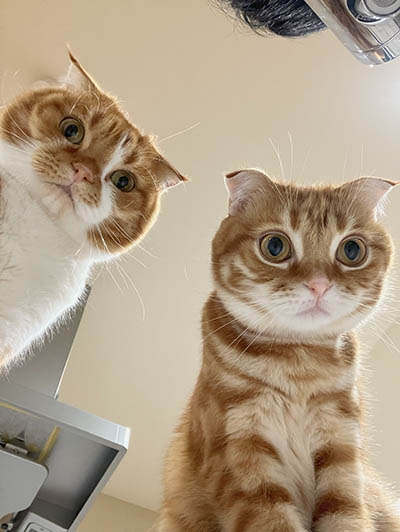
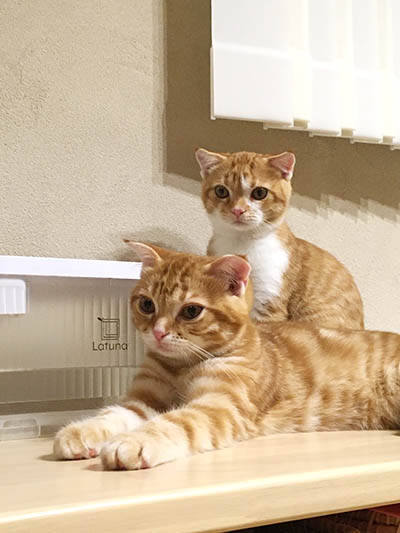
The Current Situation of Rescue Cats in Japan
1. Cats in Japan Today
Japan has a large population of stray cats and cats without owners. The exact number is unknown, but government and local surveys estimate hundreds of thousands.
At the same time, in some areas, responsible breeding control (spaying and neutering) is not widespread, which increases the number of cats needing rescue or adoption.
Interestingly, cats have now surpassed dogs as Japan’s most common household pet. As of 2023, there are about 8.83 million pet cats compared to 6.80 million pet dogs.
2. Where Rescue Cats Go
Animal welfare organizations and NPOs
- Nationwide, there are private organizations like Nekoken and Animal Club that rescue and rehome cats.
My family adopted Mugi and Haru through a local private organization. - Their activities include capturing, rescuing, providing medical care (vaccinations, spaying/neutering), and holding adoption events.
Public shelters and animal welfare centers
- Every prefecture and municipality has a center that temporarily shelters lost or abandoned cats.
- In the past, many local governments would euthanize cats if no one applied to adopt them within the holding period, but recently, efforts to promote adoption have been increasing.
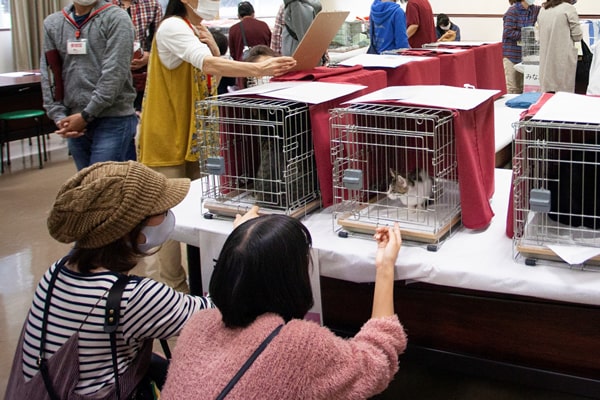
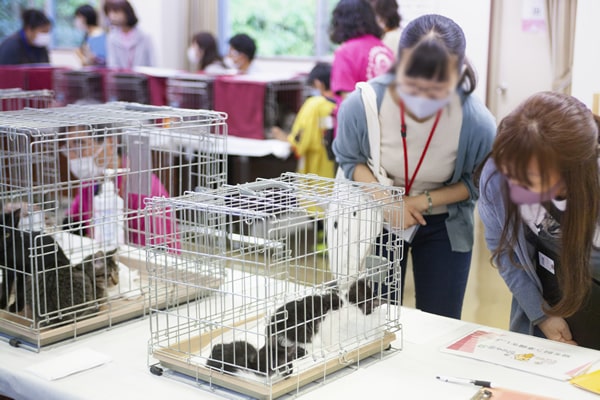
3. How Adoption Works in Japan
- Cats are rescued by individuals, organizations, or municipalities.
- They undergo health checks, vaccinations, and spaying/neutering.
- New owners are sought through adoption events or websites.
- Interested families go through an application, interview, and adoption agreement before bringing the cat home.
Note: In Japan, spaying/neutering is often required before adoption, and contracts usually require a lifelong commitment to care for the cat.
4. Challenges in Japan
- Although efforts to eliminate euthanasia are progressing, challenges remain:
- Some regions still lack thorough spay/neuter programs for stray cats.
- Rescue facilities and organizations often face financial and staffing shortages.
- Matching cats with suitable adopters can be difficult.
- Adoption tends to be easier in urban areas, while rural areas may see slower adoption rates.
5. Trends in Japan
- TNR (Trap-Neuter-Return) programs are becoming more common, helping control stray cat populations by preventing uncontrolled breeding.
- Adoption information spreads widely via social media and pet matching websites, making it easier for individual rescue cats to find new homes.
- Cat cafes and rescue cat cafes also help promote adoption.
6. Adoption Events and Statistics
Adoption events are held regularly across Japan by both private organizations and local governments. These gatherings are essential opportunities to connect rescued cats with potential families.
Euthanasia numbers, however, remain a sobering reality.
According to the Ministry of the Environment’s data for the fiscal year 2023 (April 2023–March 2024):
- 6,899 cats were put down in public shelters.
- This is about three times the number of dogs (2,118).
- In total, 9,017 cats and dogs were euthanized.
- While this is a dramatic improvement compared to about 238,929 cats euthanized in 2004, it still means that around 19 cats are euthanized every day in Japan.
7. Adoption Fees and Support for Rescue Organizations
It’s worth noting that even rescue cats are not free to adopt. The private organization we adopted Mugi and Haru from charged an adoption fee of 30,000 yen per cat. This fee goes toward the organization’s activities, covering costs such as spaying/neutering, microchips, food, and other care expenses. Of course, we were more than happy to pay.
We have nothing but respect and gratitude for the work they do.
Summary
The key factors in Japan’s rescue cat situation are reducing euthanasia, promoting adoption, and spreading spaying/neutering.
Although private organizations and local governments work together, financial and staffing shortages and regional differences remain challenges.
Through social media, adoption events, and rescue cat cafes, efforts to connect cats with people are becoming increasingly active.
Thanks for reading!
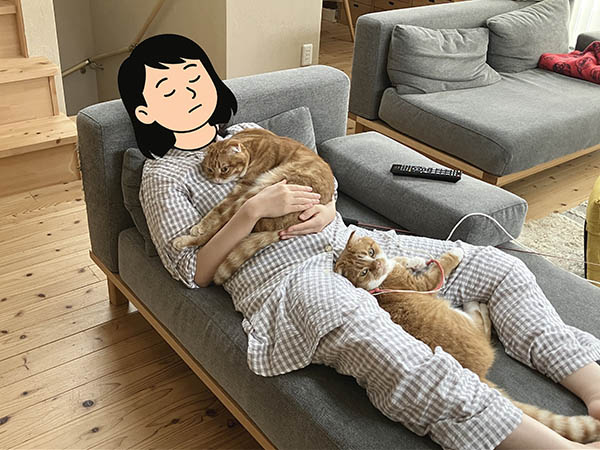
If you enjoy my posts, your support really motivates me ☕

